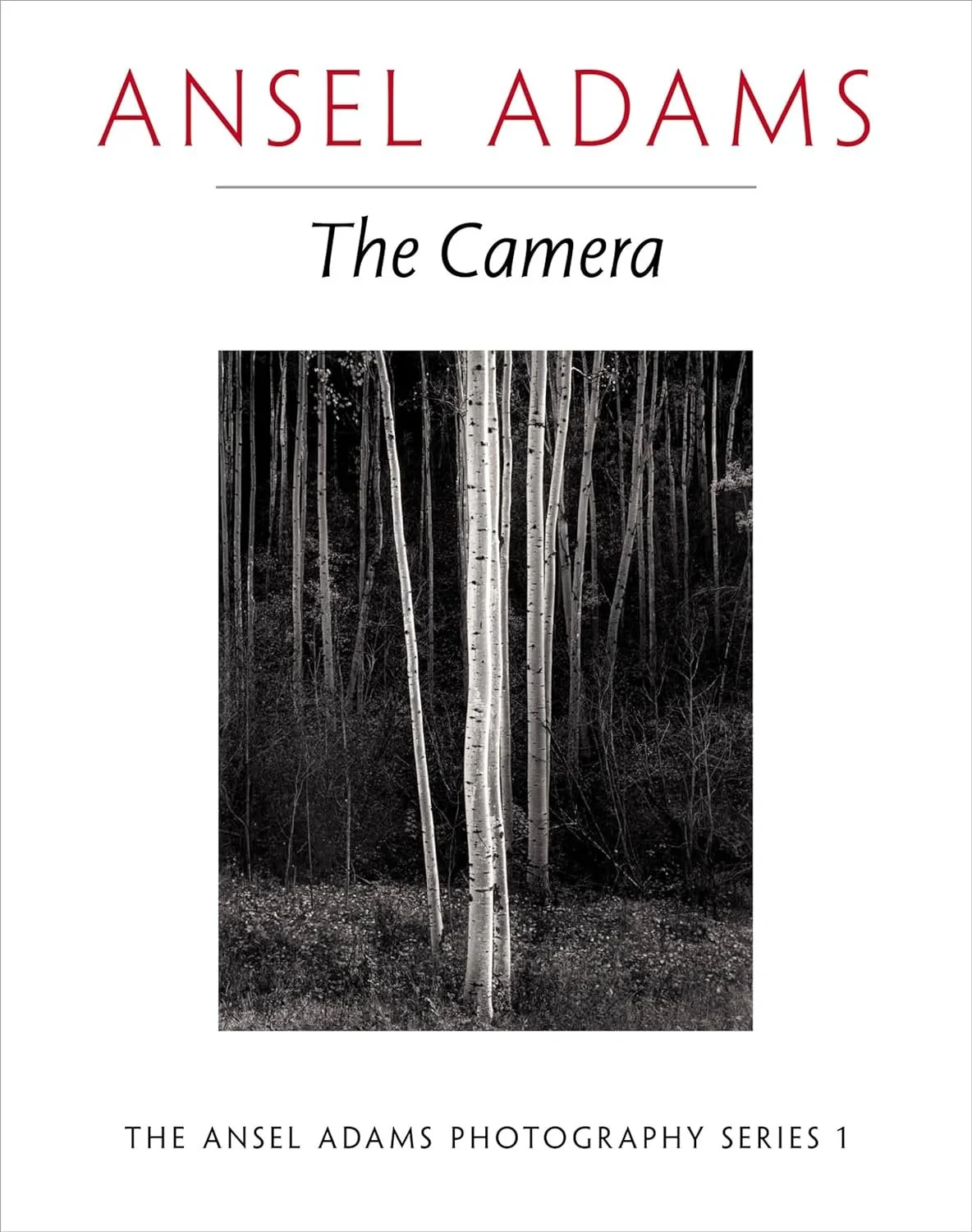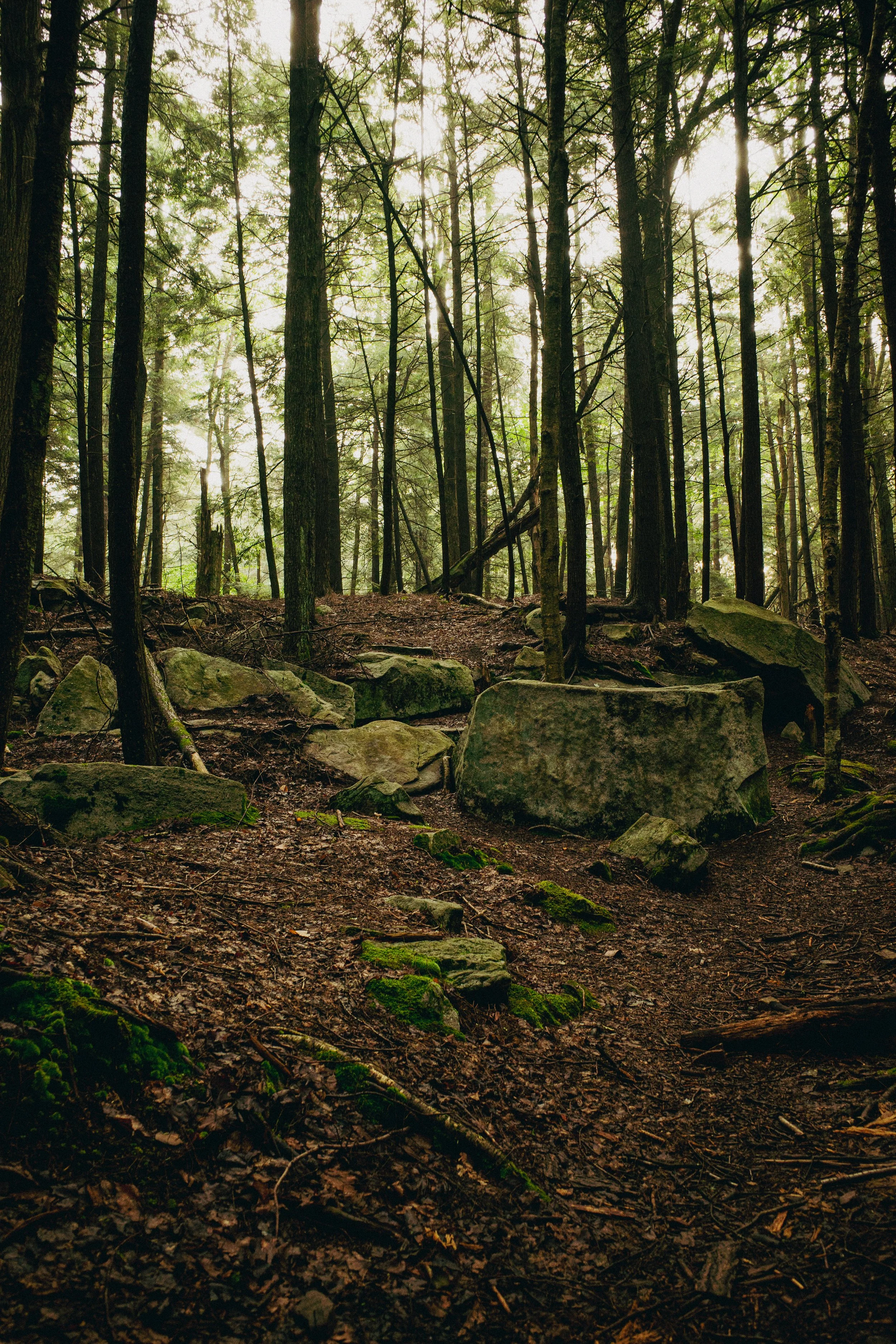Unveiling the Mastery Behind the Lens: A Dive into Ansel Adams' The Camera
Ansel Adams is a name synonymous with iconic landscape photography, known for his stunning black-and-white images of the American West. His work transcends mere documentation, capturing the soul of the natural world with meticulous precision and profound artistry. Among his many contributions to the art of photography, “The Camera”, published in 1995, stands out as a seminal text that demystifies the technical aspects of photography. In this post, we’ll explore why “The Camera” is essential reading for both budding photographers and seasoned pros alike.
1. A Master’s Insight into Photographic Technique
2023.
“The Camera” is not just a manual; it’s a deep dive into the philosophy and technicalities of capturing images. Adams, renowned for his meticulous approach to photography, shares his extensive knowledge on how to harness the power of your camera to achieve the desired artistic effect. The book delves into various aspects of camera mechanics, including:
- Understanding Your Equipment: Adams provides a detailed look at different types of cameras, from large-format to small, and explains how each can be used to achieve specific effects. His insights help demystify complex equipment, making it accessible for photographers at all levels.
- Exposure and Development: One of the core themes in “The Camera” is the importance of exposure control and how it affects the final image. Adams explains the intricacies of exposure settings, film speed, and development processes, offering practical tips for achieving optimal results.
2023.
Pro Tip: Experiment with different exposure settings and take detailed notes on your results. This practice will help you understand how various settings affect your images and improve your overall technique.
2. The Zone System Explained
A pivotal concept introduced in “The Camera” is the Zone System, developed by Adams and Fred Archer. This system revolutionized how photographers approach exposure and development, providing a method to manage tonal ranges and achieve precise results. The Zone System breaks down the exposure process into ten zones, from pure black to pure white, allowing photographers to control the nuances of their images.
- Zones and Tones: Adams explains how to use the Zone System to ensure that every tonal detail is captured and rendered accurately. This approach helps photographers maintain a consistent quality across their work and realize their artistic vision.
2023.
Pro Tip: Practice using the Zone System by taking test shots and adjusting your exposure based on the tonal values you want to achieve. Understanding how each zone affects your image can greatly enhance your control over tonal range.
3. Mastering Composition and Perspective
While “The Camera” is rich in technical guidance, Adams also emphasizes the importance of composition and perspective. He believes that technical prowess alone isn’t enough; the photographer must also master the art of visual storytelling. The book discusses:
2023.
- Framing and Composition: Adams offers advice on how to compose a photograph, including the use of lines, shapes, and textures to create a compelling image. His approach to framing and perspective helps photographers develop a keen eye for aesthetics.
- Visualizing the Final Image: Adams encourages photographers to visualize their final image before pressing the shutter. This mental exercise helps in planning composition and ensures that every element in the frame serves a purpose.
2023.
Pro Tip: Take time to study the composition of your favorite photographs. Analyze how the photographer used lines, shapes, and perspective to create a strong visual impact, and apply these techniques to your own work.
4. The Legacy of Ansel Adams
Ansel Adams’ influence extends far beyond his own photographs. His teachings, encapsulated in “The Camera”, have shaped the practices of countless photographers. The book reflects his belief that mastering technical aspects is crucial, but it should always be in service of the artistic vision.
- Inspiration for Photographers: Adams’ approach to photography serves as a source of inspiration for those seeking to understand the technical and creative facets of the craft. His work encourages photographers to push boundaries and explore new techniques.
Pro Tip: Use “The Camera” as a guide to refine your skills and explore new techniques. Combine Adams’ technical advice with your own creative vision to develop a unique photographic style.
2023.
5. Practical Tips for Reading “The Camera”
- Work Through the Exercises: The book includes practical exercises to help you apply the concepts discussed. Make sure to complete these exercises to gain hands-on experience and reinforce your learning.
- Keep a Journal: As you read through “The Camera”, keep a journal of your observations and experiments. Documenting your progress and reflections will help you internalize the techniques and track your development as a photographer.
- Join a Study Group: Consider joining a photography study group or online forum to discuss “The Camera” with others. Sharing insights and experiences can deepen your understanding and offer new perspectives on Adams’ teachings. **If interested in a possible group, email me and I can start to gameplan putting one together.
2023.
“The Camera” by Ansel Adams is more than a technical manual; it’s a window into the mind of one of photography’s greatest masters. By blending technical expertise with artistic vision, Adams provides invaluable lessons that continue to resonate with photographers today. Whether you’re a novice eager to learn the ropes or an experienced photographer looking to refine your skills, “The Camera” offers timeless wisdom that will enhance your understanding and appreciation of the art of photography.
Delve into Adams’ world of photographic mastery, and let his insights guide you on your own photographic journey. The beauty of the world is waiting to be captured, and with the right tools and knowledge, you can create images that truly resonate.








